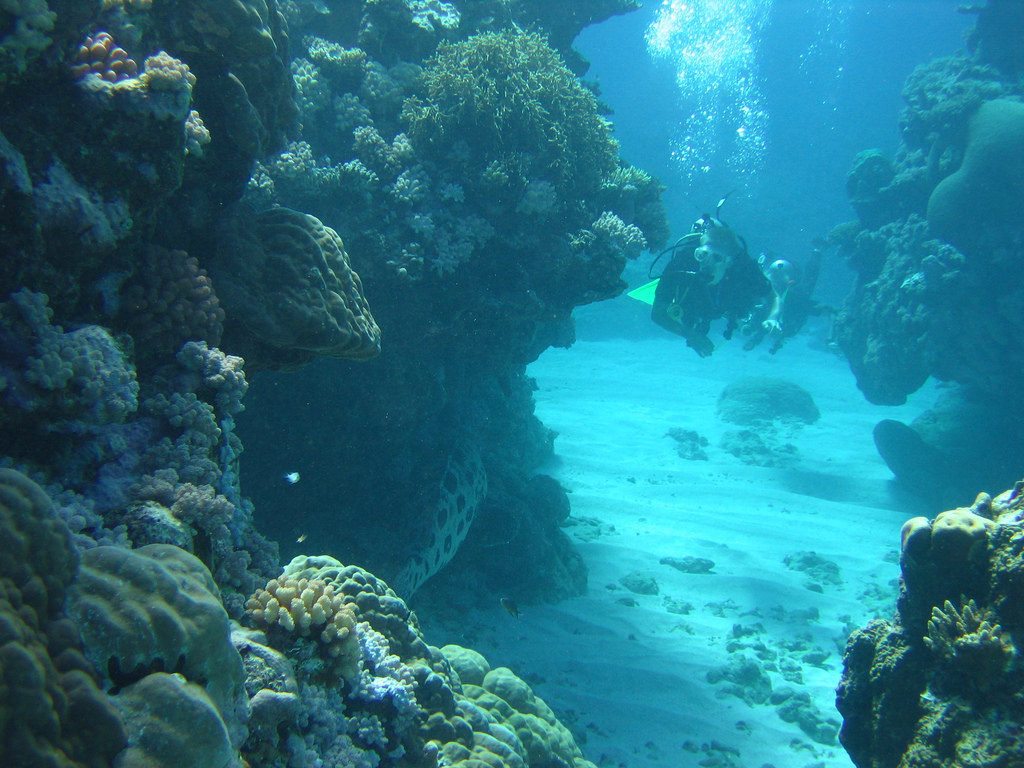
There have been many stories in the media about the ongoing environmental crisis at Australia’s Great Barrier Reef. Over the past two years, the reef has lost almost half of its coral because of bleaching events. Faced with this situation, the Australian government created the Reef 2050 Plan, a strategy to protect and maintain the reef through the year 2050.
The Great Barrier Reef is of enormous value according to multiple metrics. An economic report valued it at $42 billion including 64,000 Australian jobs dependent upon it. It is one of the world’s most remarkable natural wonders, spanning 1,400 miles and visible from space. It is also considered to be the largest living thing on earth, supporting countless animal and plant species in one of the most complex ecosystems on our planet. So, needless to say, it is worth saving.
Since the plan’s release in 2015, the Australian and Queensland governments have made good progress on implementing 151 actions outlined in it.
The goals of the plan include ending dumping material from five major industrial ports, prohibiting future dredging, halting and reversing declines in water quality entering the reef due to agricultural activity, and investing significant funds in research and management activities on the reef. Several water quality initiatives are also part of the plan.
The recent bleaching events appear to be drawing to a close, but with rising sea temperatures, new ones may not be too far away. Saving the reef will require a combination of good luck, good policy, and probably most importantly, reversing the trends of climate change. Only time will tell how successful Australia’s efforts will be.
**********
Web Links
Can an Ambitious Australian Plan Save The Great Barrier Reef?
Photo, posted July 5, 2006, courtesy of Flickr.
‘Can the Great Barrier Reef Be Saved?’ from Earth Wise is a production of WAMC Northeast Public Radio.